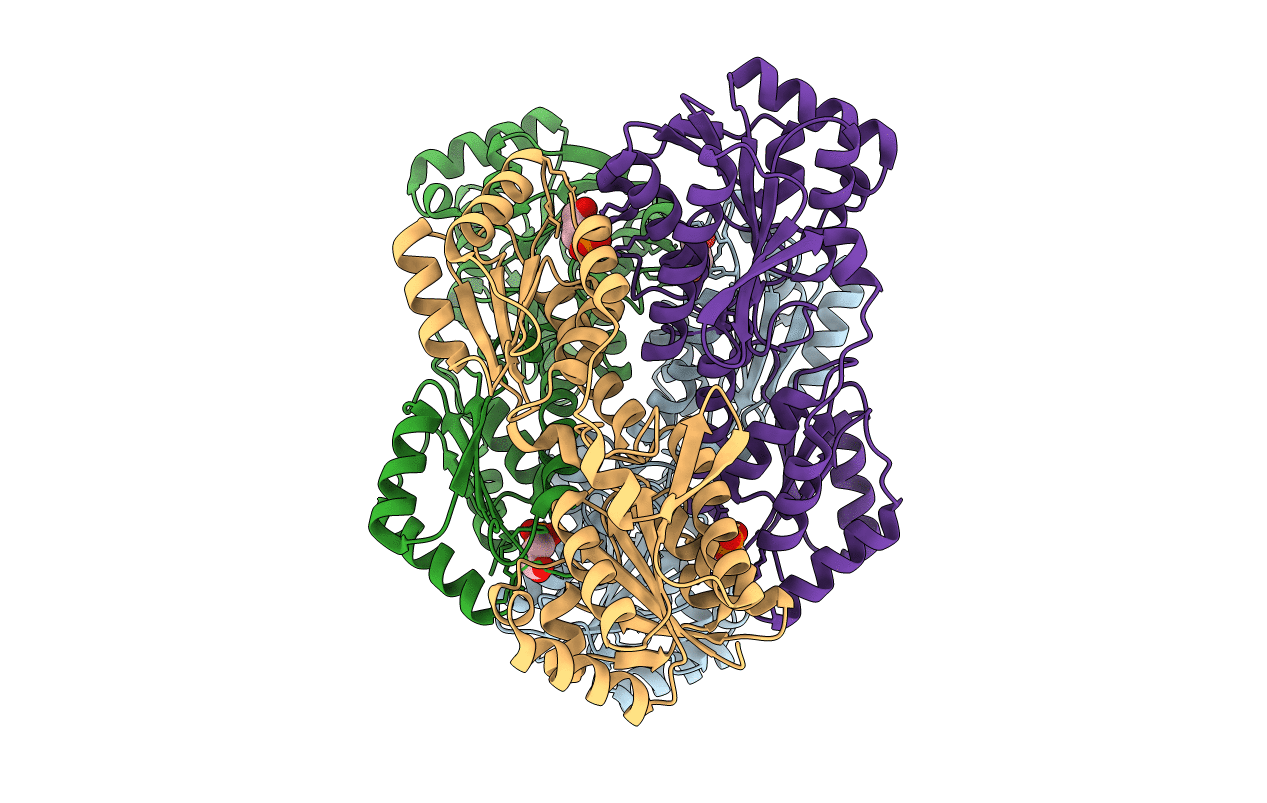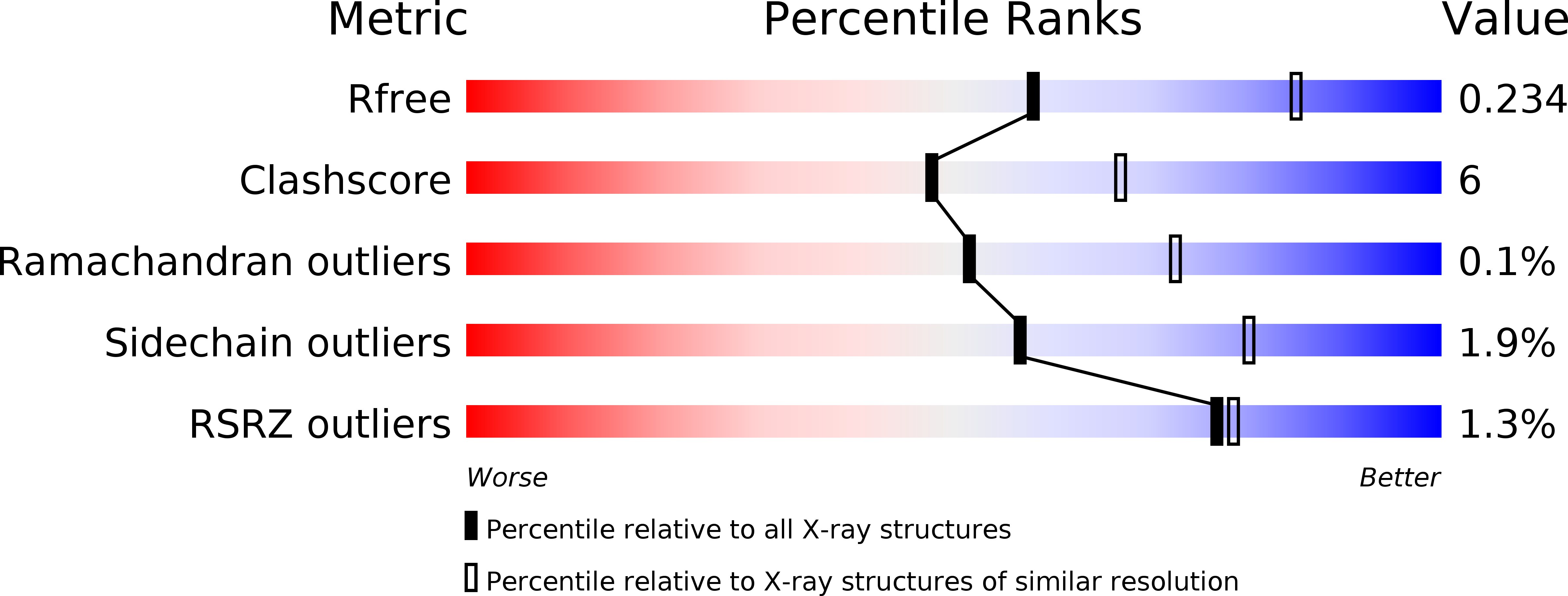
Deposition Date
2012-11-27
Release Date
2013-07-31
Last Version Date
2023-09-20
Entry Detail
PDB ID:
4I4I
Keywords:
Title:
Crystal Structure of Bacillus stearothermophilus Phosphofructokinase mutant T156A bound to PEP
Biological Source:
Source Organism:
Geobacillus stearothermophilus (Taxon ID: 1422)
Host Organism:
Method Details:
Experimental Method:
Resolution:
2.49 Å
R-Value Free:
0.23
R-Value Work:
0.16
R-Value Observed:
0.2
Space Group:
P 21 21 21


